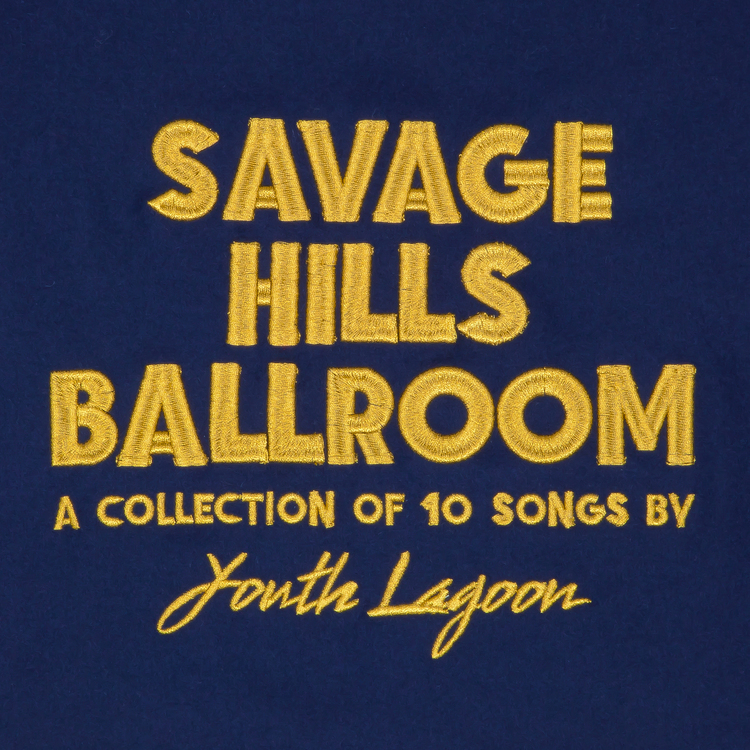Boise, Idaho’s Trevor Powers — better known by his stage name, Youth Lagoon — has made it known that genre pigeonholes won’t factor into his writing. Youth Lagoon burst into indie circles with Powers’ 2011 release, The Year of Hibernation, which was praised for its emotional and lo-fi approach to dream pop.
Following this meteoric rise from obscurity and a year of extensive touring, Powers returned to the studio and released the sophomore Wondrous Bughouse in 2013. Bughouse presented Youth Lagoon in a new light, as it featured a majority of live instrumentation, acoustic percussive elements, and a new psychedelic edge that contrasted heavily with the stripped-down feel of Year of Hibernation. This transition left many unsure of where the band would go next, and if there would ever be another album similar to the astounding success of The Year of Hibernation.
Although Youth Lagoon’s latest, Savage Hills Ballroom, once again takes the project in a new direction, this record feels more comfortable and grounded than Wondrous Bughouse ever did. Throughout Savage Hills, Powers melds both the soundscapes of his prior records into a perfect synchronicity, as both the electronic and acoustic instrumentation play off each other to create a gentle balance between each. This further adds to the overall depth and complexity of the album: with each listen, you can catch different musical melodies and hooks hidden within the tracks.
The album is essentially split into two five-track EPs, with instrumentals “Doll’s Estate” and “X-Ray” excellently calming the pace, effectively bookending each section of the record. There are multiple standout tracks on the record, but the album’s lead single, “The Knower,” is one of the best. It features a catchy vocal sample that pulsates an “ah, ah, ah, ah” that really pulls the whole track together. The other primary element within the piece is a transcendent trumpet melody, which surprisingly fits well with the electronically dynamic instrumental sections and steady drum beat.
However, the real strength of Savage Hills Ballroom comes in the form of its melodies. Each song on the record — with the exception of the instrumentals — has a considerably catchy and memorable vocal phrase or phrases. By the end of each song, you’ll find yourself humming, or even singing along, which shows the album’s ability to pull the listener in. This was something that was missing from Wondrous Bughouse but was a main feature in The Year of Hibernation. Clearly, Powers figured out this distinction.
Lyrically, Powers paints a rather bleak picture, much like he did on his prior two records, but the way he does it this time is quite different. Savage Hills Ballroom is filled with stories of how we are rotting from the inside out due to chemical sprays on our food (“Rotten Human,” “Again”), and how the over-aggression of police and other authorities is slowly causing the collapse of our society (“Office Telephone,” “Highway Patrol Stun Gun”). This focus on the exterior and the problems society faces is a dramatic shift for Powers.
Though the album does lean towards grand, global problems, one song in particular scales back the approach of the record. The song “Kerry” centres around one of Powers’ uncles who was holed up in Las Vegas — a drug addict on the run. The heartbreak of the chorus is what really hammers this picture home: “Kerry fell in love with Kim and pills at the same time / I’m not sure what bothered him, but it ate him up inside.” This plea perfectly plays off the almost orchestral instrumentation that sits in the background of the chorus.
“Kerry” brilliantly represents why Powers was lauded by indie music writers from the beginning; he has a knack for writing music where his messages don’t get lost or tainted within the confines of a song. Savage Hills Ballroom is a definitive and focused step forward for Youth Lagoon, and a step that will surely satisfy those that connected with The Year of Hibernation.


